Write Us
We are just a call away
[ LET’S TALK AI ]
X
Discover AI-
Powered Solutions
Get ready to explore cutting-edge AI technologies that can transform your workflow!

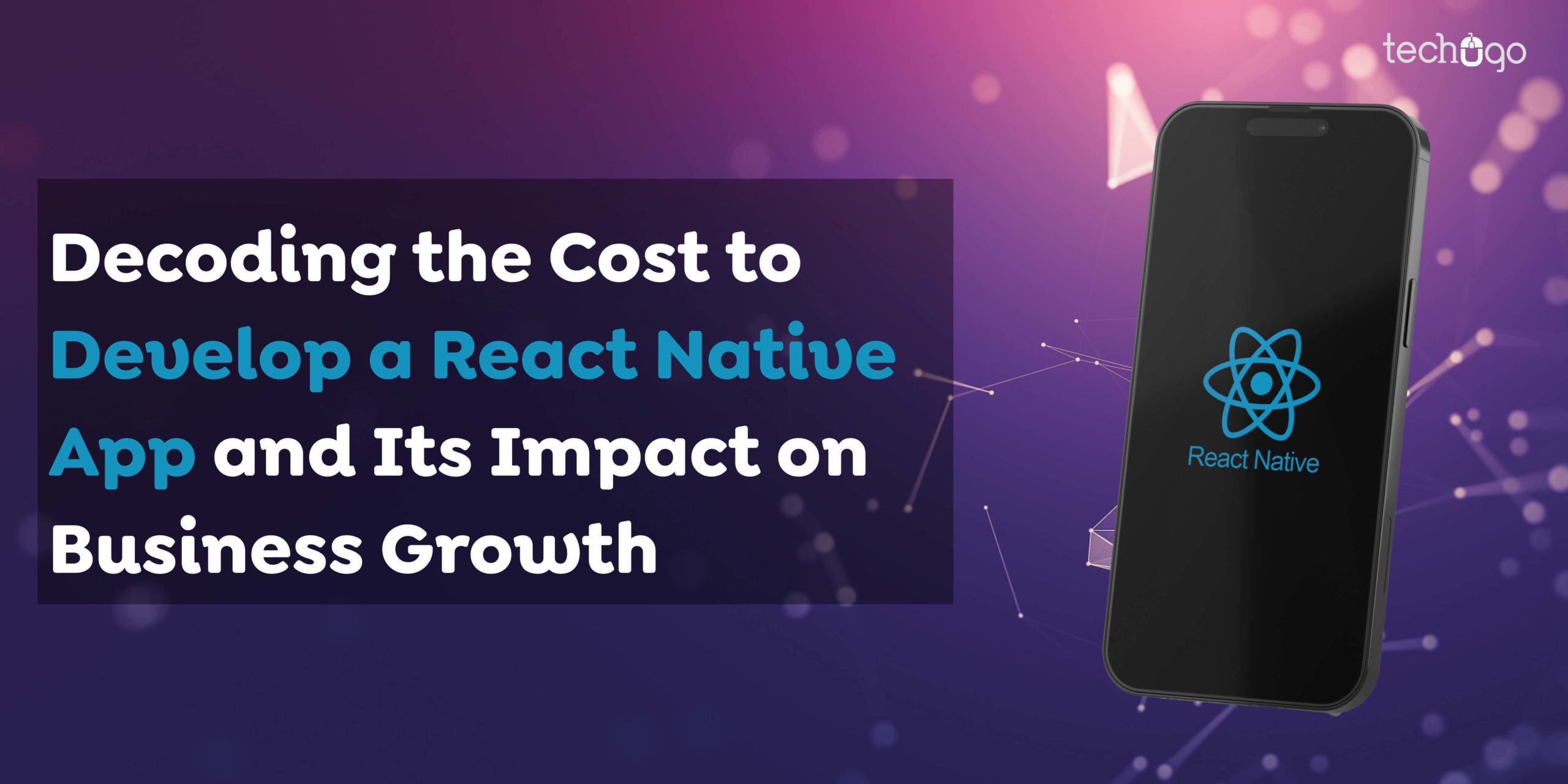
Why React Native?
Discover the Competitive Edge with us.
When companies spend their valuable capital or organizational resources on branding a product, ensuring people can easily access or navigate the site is crucial. A website can be browsed easily with good page speed. An app becomes one of the most effective steps in business expansion strategy as the range of the offered products and services becomes more accessible for the customer. However, the app’s result highly depends on the best app development framework.
React Native has been named the most practical and demanding framework for businesses since it can create splits of iOS and Android from a universal codebase. This improves efficiency, as you don’t have to design apps for the different platforms individually, and it is also more cost-effective. Businesses can quickly adapt React Native to grow the organization’s relevance in the market while providing customers with diversified solutions that meet their needs.
Given the effort involved, it is essential to identify the determinant factors of React Native app development cost. Regarding the specifics at the features level, app complexity, and the development team’s skills, you have parts that can seriously affect the price tag. Understanding these factors can help businesses make better, more economical decisions and lead to a successful app development process.
Without further ado, let’s get started!
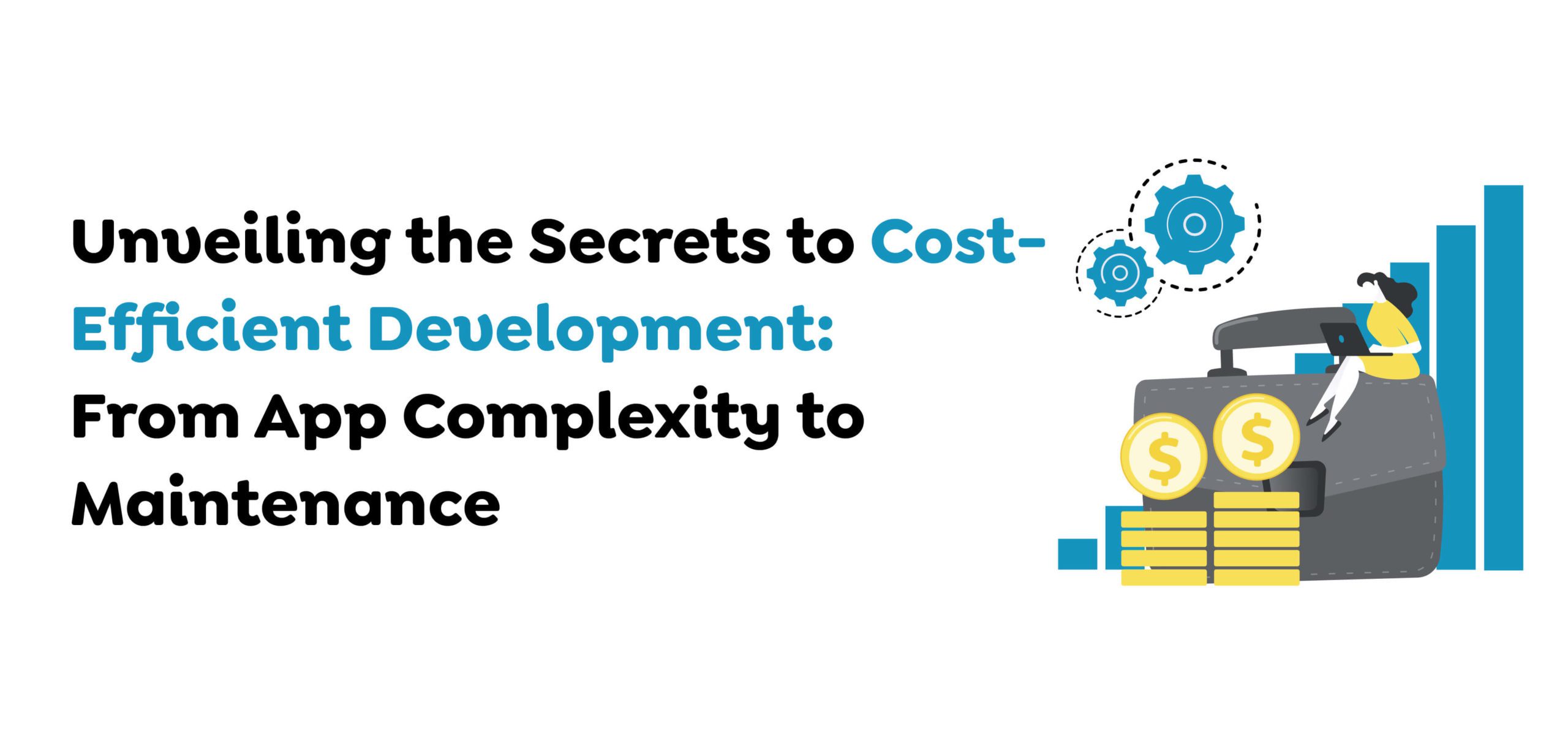
The extent of differentiation in the characteristics of features is a crucial determinant of costs, especially where a variety of features are to be included in an app solution. It will be seen that low-end apps such as an elementary SES will cost less than more advanced systems such as a sophisticated SES for e-commerce. However, reasonably complex applications that at least innately contain geolocation, machine learning, or push notifications entail considerably higher costs because of the complications.
The development cost of your specific React Native app will again depend on your app developers’ level of experience and the geographical location of the development center. For example, hiring developers from North America costs more than hiring teams from Asia and Eastern Europe. However, that does not mean that when you outsource to cheaper teams overseas, your quality has to be poor—many providers offer excellent work at reasonable prices.
Clean and clever interface design is essential for any web application, but developing highly individualized interfaces will cost more. Products characterized by simplicity and modesty are generally cheaper, while intricate and featureful products raise the project’s price.
Apps with integration or with the need for powering the backend will cause the cost to go higher. This can mean anything from adding social media or payment buttons to assembling complex analytics systems.
This means that once you launch your app, you will need to constantly tweak it, update it, patch it for security, and add new qualities as new technologies develop. Mobile app maintenance is a long-term commitment to your app’s success because it helps keep the application secure, updated, and working optimally for users.

Indeed, when considering React Native for app development, app development companies can turn their attention to it because of several cost-effective advantages. However, for the simplicity of this article, we must consider that the investment cost can be highly variable depending on the nature of the app being developed. Below, please find the estimated cost to develop a react native app and time frame of a typical consulting project:
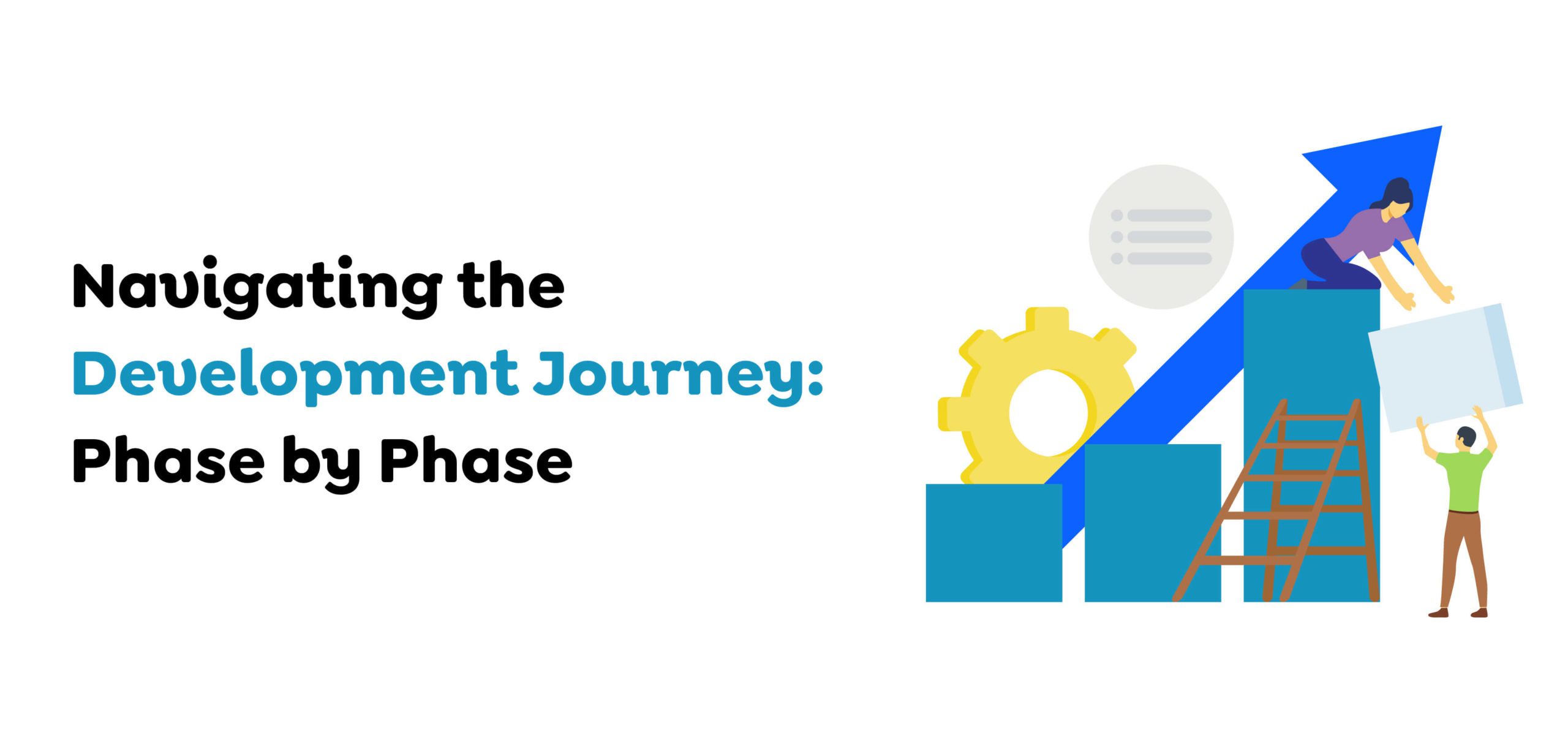
To better understand how the total cost is distributed throughout the development process, here’s a breakdown of critical phases and their typical budget allocation:
| Development Phase | Percentage of Total Budget | Description |
| Planning and Research | 5-10% | Defining app scope and requirements, laying the foundation |
| Prototyping and Design | 10-20% | UI/UX design for user engagement and retention |
| Development and Coding | 40-60% | Translating requirements into functional code |
| Testing and Quality Assurance | 10-15% | Identifying and fixing bugs before launch |
| Deployment and Maintenance | 15-25% | Ongoing updates, security patches, and new features |
This initial phase, which focuses on defining the app’s scope and requirements, usually consumes about 5-10% of the total budget. Thorough planning is crucial as it lays the foundation for the project and helps avoid costly changes later.
UI/UX design ensures user engagement and retention. This phase takes around 10-20% of the budget. A well-designed interface enhances user experience and increases the app’s chances of success in a competitive market.
This phase can account for 40-60% of the overall budget and represent the most substantial portion of the costs. Here, developers translate the requirements and designs into functional code, making choosing skilled professionals critical to ensure high-quality output.
Ensuring the app functions smoothly is essential, and testing typically takes about 10-15% of the total cost. This phase is crucial for identifying and fixing bugs, ensuring the app is ready for launch without critical issues.
After the app is live, ongoing maintenance is necessary to remain up-to-date and secure. This can account for 15-25% of your long-term budget. Regular updates and bug fixes are vital to retain user engagement and satisfaction.
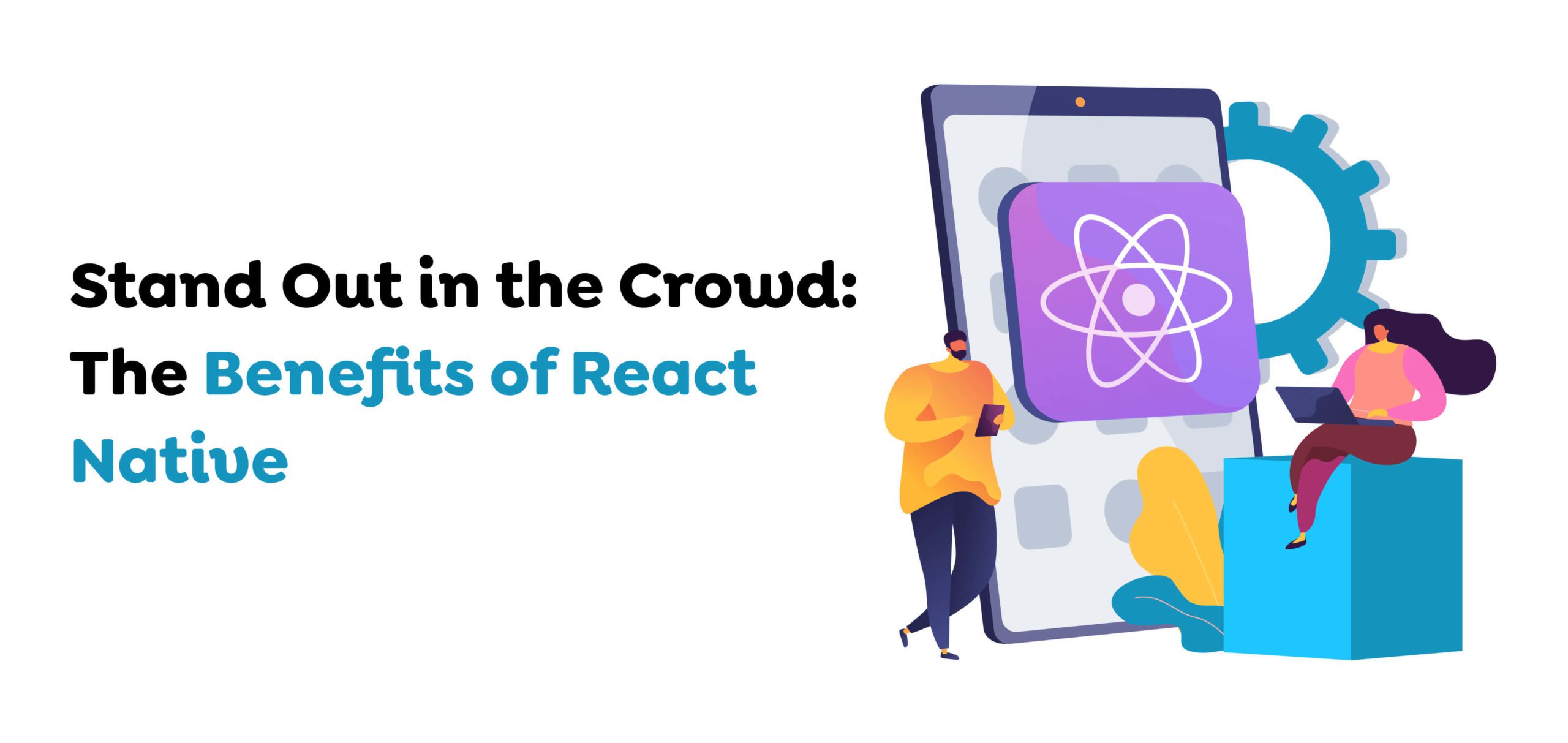
Opting for React Native offers several advantages that make it an appealing choice for businesses aiming to create mobile applications:
One of the most significant benefits of React Native is the ability to write a single codebase for both iOS and Android. This approach can reduce development costs by up to 40% compared to maintaining separate codebases for each platform. It streamlines the development process, allowing for consistent device functionality and design.
React Native’s streamlined processes allow developers to write and update code more efficiently. This efficiency leads to more rapid development times, enabling businesses to bring their apps to market quickly and gain a competitive edge.
With a robust community of developers, React Native benefits from shared libraries and resources that enhance development efficiency. This community support can lead to faster problem resolution and lower development costs as developers can leverage existing solutions.
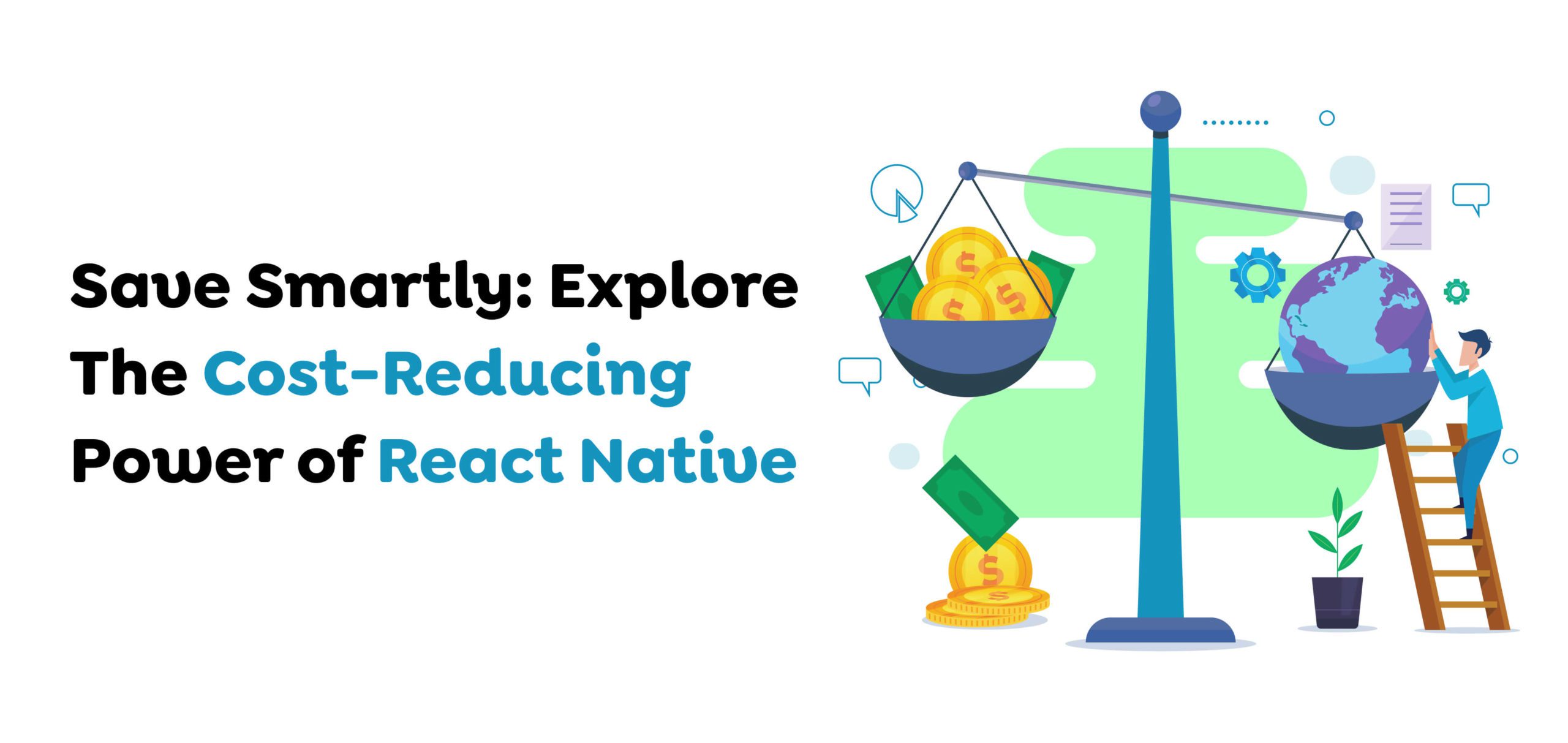
One of React Native’s most significant advantages is its ability to reuse up to 90% of the codebase across web and mobile apps. This capacity significantly reduces the need for additional resources, allowing teams to maintain fewer developers and complete projects within shorter timelines. Consequently, businesses experience a reduction in overall development costs.
By enabling businesses to launch their apps faster, React Native helps them maximize their return on investment (ROI). The quicker a product reaches the market, the sooner it can generate revenue and gather user feedback for future improvements.
With just one codebase to maintain, updates and bug fixes can be applied across all platforms simultaneously. This efficiency saves time and reduces mobile maintenance software costs, making it easier for businesses to keep their apps relevant and secure.
While the above factors provide a solid foundation for understanding the costs associated with React Native app development, other elements can influence the overall budget:
When launching an app on platforms like Google Play Store or Apple’s App Store, it’s essential to account for submission fees, which vary by platform. These fees can add an extra layer of cost to your development budget.
If your app handles sensitive user data, implementing strict security protocols and ensuring compliance with relevant regulations can increase development costs. Businesses must factor these potential expenses into their budgeting process to avoid surprises later.
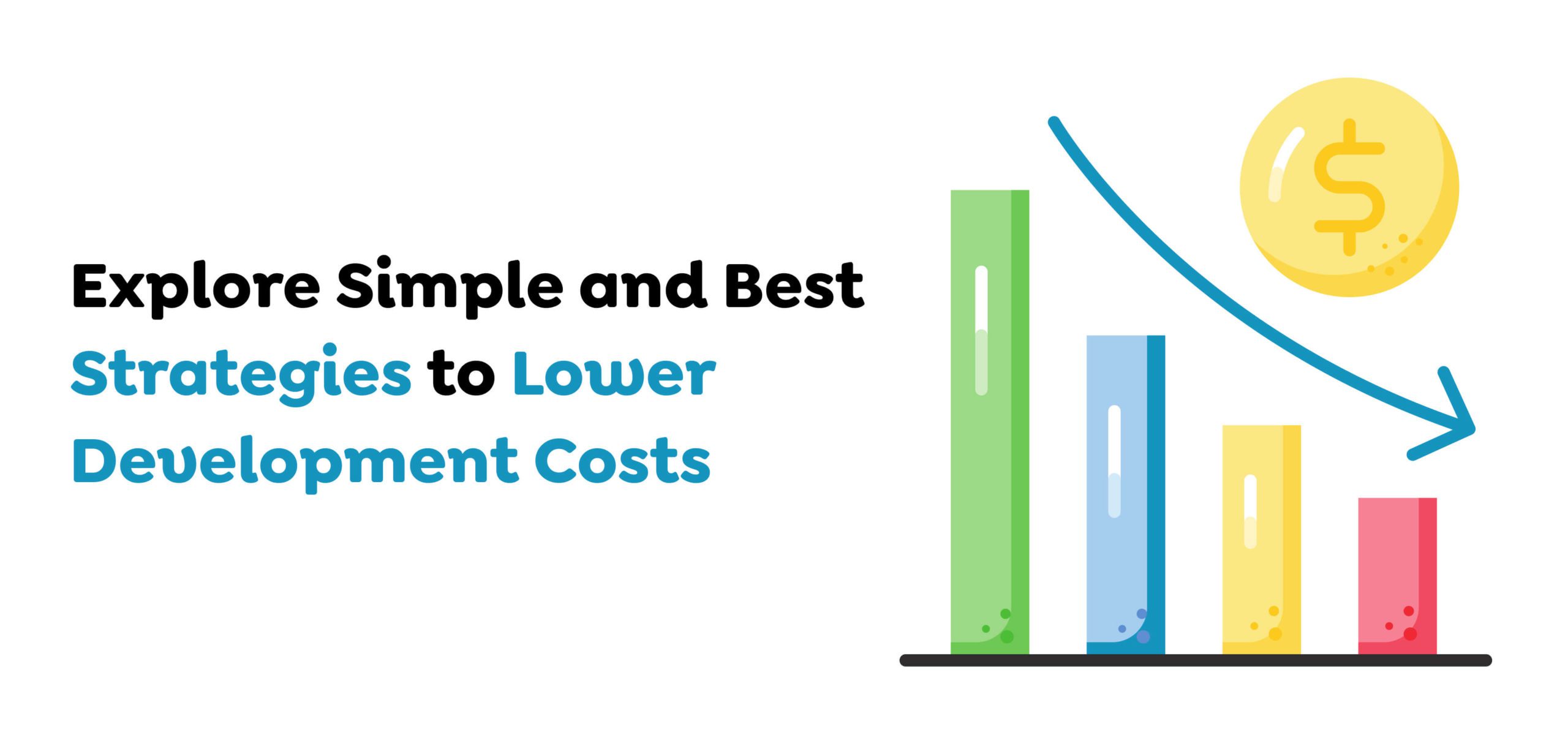
To optimize your investment in React Native app development, consider the following strategies to help reduce costs while maintaining quality:
It is essential to state your development goals and objectives before the actual development process commences. This prevents unnecessary expansion of project requirements, guides the project appropriately, and distributes resources correctly. When everyone involved has their goal set, working towards the heart of the issue becomes straightforward.
An MVP strategy relieves the pressure of building a product with all or most potential features and solves many problems. It allows you to test the market and gather valuable user feedback before expanding functionalities. It helps make future app development much more accessible by ensuring your idea is viable.
Hiring an experienced and reliable development team is critical to ensuring a high-quality product. A skilled team can help identify potential cost-saving opportunities while maintaining performance and quality. Look for developers with a proven track record in React Native to ensure they can deliver a successful app.
Now let’s explore how to choose a mobile app development company!
Techugo is the ideal solution provider for your React Native app development requirements. It provides client-specific, superior-quality solutions for application enhancement and business expansion. Techugo has completed more than 750+ projects thus far, using AI and machine learning and focusing intensely on React Native; therefore, your app will look great and work great. Their focus on using information to gather and substantiate relevant information aids organizations in customer outreach and overall functionality. Select Techugo for an accurate partner committed to your application’s success in the current environment.

Compared to other competitors in this mobile app realm, React Native is a matchless platform in cost, simplicity, flexibility, and extensibility. While the costs associated with employing SD may differ depending on the degree of task sophistication, the advantages, including lower maintenance costs and shorter time to market, are pronounced in the big picture.
The fact that it operates on the same code means it provides an opportunity to cut time, cost, and resources, which are critical factors in today’s market. That being said, by engaging the right development team, you can get the most out of the tool and create an outstanding app that provides a good UX and still meets the budget line.
This blog indicates the cost to develop a mobile app with a React native app development company and why it is valuable to invest in an app today because the costs saved today will more than be offset in the near future as the complexity increases and your business adapts for success within a rapidly growing technical world. Considering quality, speed, and client satisfaction, the decision to work with React Native as an application development platform can open possibilities for further development.
Get in touch with Techugo to know more about React native!
Write Us
sales@techugo.comOr fill this form